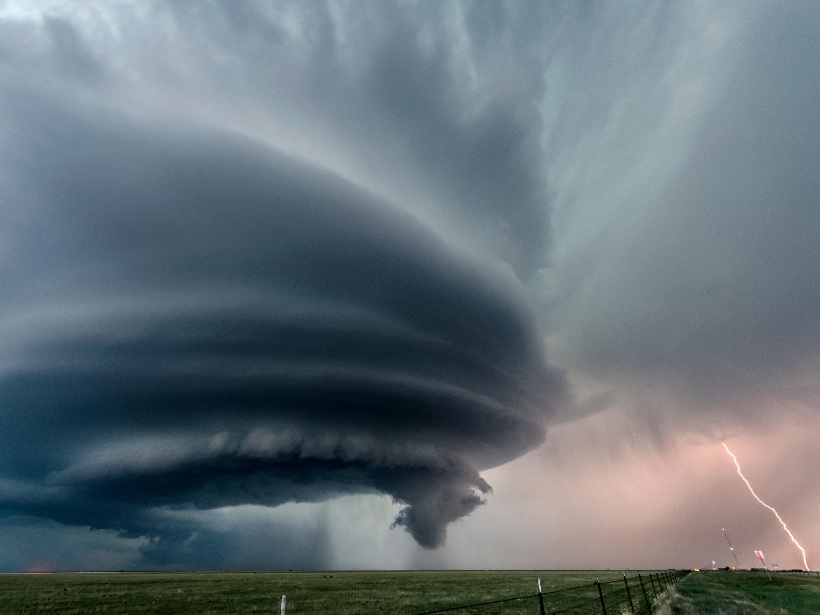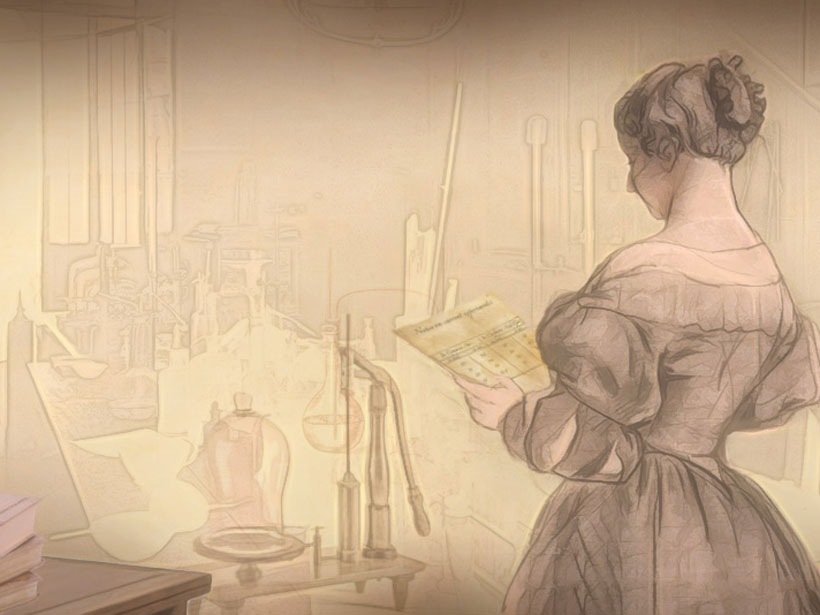Overlooked No More: Eunice Foote, Climate Scientist Lost to History. In 1856, Eunice Foote, an amateur scientist with an interest in the atmosphere and a variety of other topics, published a paper in which she noted (on the basis of an experiment she’d conducted) that an atmosphere containing more carbon dioxide warms more than an atmosphere with less of the gas in it. It was the first known instance of someone capturing the essence of the greenhouse effect in print. Long overlooked in the history of science, Foote and her contribution to climate science have been gaining well-deserved attention in recent years, including in a short film and in this obituary.
—Timothy Oleson, Science Editor
Like exploding aerial fireworks shells, comet ATLAS is breaking apart into more than 30 pieces, each roughly the size of a house. Hubble captured detailed images of the breakup last week: https://t.co/PYcgDD64hA pic.twitter.com/hV2n2OrVnY
— Hubble (@NASAHubble) April 28, 2020
COVID-19 may have closed down most professional ground-based telescopes, but amateur astronomy is still going strong. Many backyard astronomers were eagerly awaiting the arrival of comet ATLAS (C/2019 Y4), inbound toward the Sun from the outer solar system. ATLAS was growing brighter as it neared Earth and was predicted to become visible to the naked eye in May. But the comet became dimmer instead. Scientists looking with the Hubble Space Telescope discovered that the comet had broken apart into more than 30 house-sized pieces. Sad times! The pieces won’t be visible after all, but the science is still interesting.
—Kimberly Cartier, Staff Writer

Lightning Research Flashes Forward. You know that feeling when you’re sort of horrified but also fascinated? That’s how I felt when I read about lightning that can spawn from the ground upward, called an upward streamer, like some sci-fi movie special effect from the 1980s. I really enjoyed this tour of lightning science featured in our May issue of Eos (even though it gave me some chills reading it!).
—Jenessa Duncombe, Staff Writer
Seattle’s Leaders Let Scientists Take the Lead. New York’s Did Not. While recognizing that Seattle and New York face different challenges and have different populations, this is still an utterly compelling look at public health, science communication, and the leadership of elected officials. The typically lengthy New Yorker feature gives each of those topics room to breathe and interact and is well worth the read.
—Caryl-Sue, Managing Editor
Citation:
(2020), This week: Antique climate science and brand-new broken comets, Eos, 101, https://doi.org/10.1029/2020EO143706. Published on 01 May 2020.
Text © 2020. The authors. CC BY-NC-ND 3.0
Except where otherwise noted, images are subject to copyright. Any reuse without express permission from the copyright owner is prohibited.

